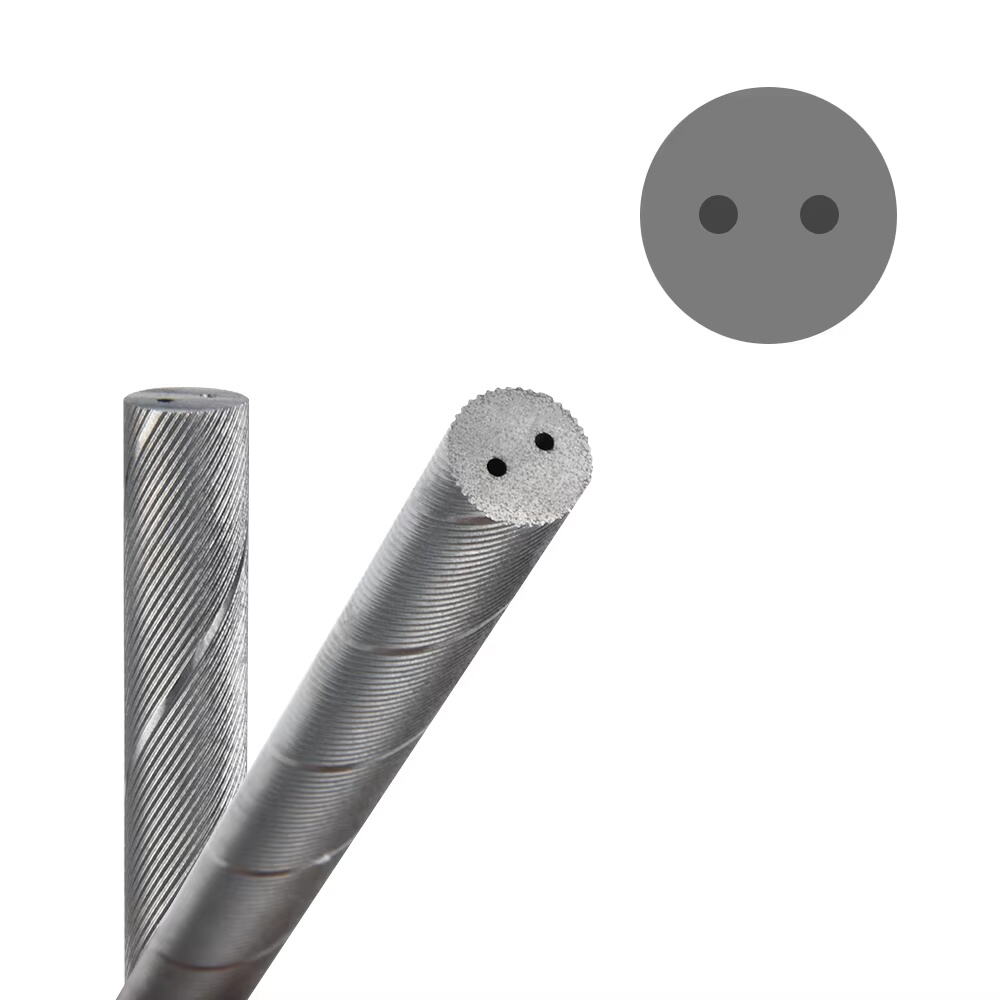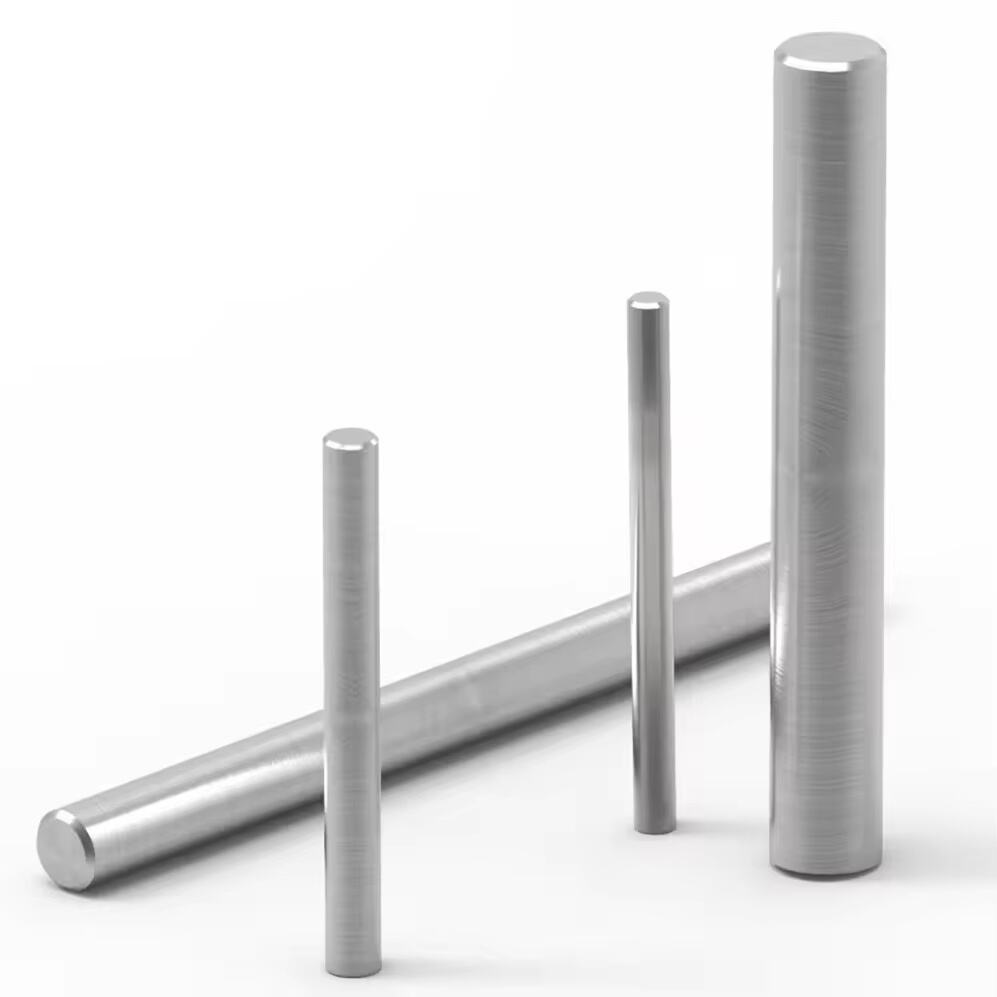The Revolutionary Impact of Cemented Carbide Rods in Modern Industry
Cemented carbide rods have become indispensable components in today's manufacturing and industrial processes, offering unprecedented levels of durability and performance across numerous applications. These exceptional tools combine the hardness of tungsten carbide with the toughness of metallic binders, creating a material that excels in the most demanding environments. As industries continue to evolve and require more precise, efficient, and reliable tools, cemented carbide rods have emerged as the go-to solution for professionals seeking superior wear resistance and extended service life.
Manufacturing and Machining Applications
Metal Cutting and Drilling Operations
In the realm of metal cutting and drilling, cemented carbide rods have revolutionized operational efficiency. These robust tools excel in high-speed machining operations, where traditional steel tools would quickly deteriorate. Machine shops and manufacturing facilities rely on cemented carbide rods for their exceptional ability to maintain sharp cutting edges even under extreme conditions. The superior wear resistance of these tools ensures consistent performance throughout extended production runs, reducing downtime and replacement costs.
When used in drilling applications, cemented carbide rods demonstrate remarkable stability and precision. Their high stiffness and resistance to deformation enable them to maintain accurate hole dimensions even in deep-drilling operations. This makes them particularly valuable in industries where precision is paramount, such as aerospace and automotive manufacturing.
Wear-Resistant Tool Production
Tool manufacturers have embraced cemented carbide rods as the primary material for producing wear-resistant components. The unique composition of these rods, featuring carefully controlled grain sizes and binder content, results in tools that can withstand severe abrasion and impact. Dies, punches, and forming tools made from cemented carbide rods consistently outperform their conventional counterparts in terms of longevity and dimensional stability.
The superior hardness of cemented carbide rods makes them ideal for applications involving aggressive materials or high-temperature environments. These tools maintain their properties even under extreme conditions, making them essential for industries dealing with hardened steels, composites, and other challenging materials.
Mining and Construction Industries
Mining Tool Applications
The mining industry heavily relies on cemented carbide rods for their exceptional performance in rock drilling and cutting operations. These tools face some of the most severe working conditions, encountering highly abrasive materials and extreme pressures. Mining companies utilize cemented carbide rod-tipped tools for their superior resistance to wear and ability to maintain cutting efficiency in demanding underground environments.
Exploration drilling represents another critical application where cemented carbide rods prove their worth. The tools must penetrate various geological formations while maintaining dimensional accuracy and structural integrity. The unique properties of cemented carbide rods enable them to achieve impressive drilling rates while resisting the destructive effects of rock abrasion.
Construction Equipment and Tools
In construction applications, cemented carbide rods form the backbone of many cutting and drilling tools used in concrete, asphalt, and stone working. Road milling machines, tunnel boring equipment, and foundation drilling tools all benefit from the exceptional durability of these materials. The consistent performance of cemented carbide rods in these applications helps construction companies maintain productive operations while minimizing tool replacement frequencies.
Foundation work and ground engineering particularly benefit from tools incorporating cemented carbide rods. These applications often involve contact with highly abrasive soils and rock formations, where conventional tools would quickly fail. The superior wear resistance and strength of cemented carbide rods ensure reliable performance in these challenging conditions.

Oil and Gas Industry Applications
Drilling Components and Equipment
The oil and gas industry represents one of the most demanding environments for drilling equipment. Cemented carbide rods play a crucial role in manufacturing drill bits, stabilizers, and other downhole tools. These components must withstand extreme pressures, temperatures, and highly abrasive formations. The exceptional properties of cemented carbide rods make them ideal for these challenging applications, providing the necessary durability and reliability required for deep-well drilling operations.
Directional drilling technology, in particular, benefits from the use of cemented carbide rods in various components. The ability to maintain precise dimensional stability while resisting wear ensures accurate well trajectories and reduced drilling complications. This translates to significant cost savings and improved operational efficiency for oil and gas companies.
Well Completion Tools
Well completion equipment frequently incorporates cemented carbide rods in critical wear components. These tools must maintain their integrity in environments where they are exposed to corrosive fluids, high pressures, and abrasive materials. The superior chemical stability and wear resistance of cemented carbide rods make them essential for ensuring the long-term reliability of completion tools.
Production equipment, including various types of valves and flow control devices, also benefits from components made with cemented carbide rods. These parts must maintain their dimensional accuracy and surface finish over extended periods to ensure proper function and prevent costly production interruptions.
Emerging Applications and Future Trends
Advanced Manufacturing Processes
As manufacturing technologies continue to evolve, new applications for cemented carbide rods are emerging. Additive manufacturing and hybrid machining processes are increasingly incorporating these materials to achieve higher precision and improved tool life. The ability to produce complex geometries while maintaining exceptional wear resistance makes cemented carbide rods particularly valuable in these innovative applications.
The development of micro-machining and high-precision manufacturing has created new opportunities for cemented carbide rods. These applications require tools with exceptional dimensional stability and wear resistance at very small scales, properties that cemented carbide rods deliver consistently.
Sustainable Manufacturing Solutions
The focus on sustainability in manufacturing has highlighted the environmental benefits of using cemented carbide rods. Their extended service life and ability to operate efficiently at high speeds contribute to reduced energy consumption and waste generation. Additionally, many cemented carbide tools can be reclaimed and recycled, supporting circular economy initiatives in industrial operations.
The development of new coating technologies and surface treatments continues to enhance the performance of cemented carbide rods, opening up possibilities for even more sustainable manufacturing practices. These innovations help extend tool life further while maintaining optimal cutting performance.
Frequently Asked Questions
What makes cemented carbide rods superior to traditional tool materials?
Cemented carbide rods offer an exceptional combination of hardness, wear resistance, and toughness that surpasses traditional tool materials. Their unique composition of tungsten carbide particles in a metallic binder matrix provides superior performance in high-stress applications, longer tool life, and better dimensional stability under extreme conditions.
How long do cemented carbide rod tools typically last compared to conventional alternatives?
The service life of cemented carbide rod tools can be anywhere from 5 to 20 times longer than conventional tool steel, depending on the application and operating conditions. This extended lifespan results in reduced downtime, lower replacement costs, and improved productivity in manufacturing operations.
Are cemented carbide rods suitable for high-temperature applications?
Yes, cemented carbide rods maintain their mechanical properties at elevated temperatures much better than traditional tool materials. They can operate effectively at temperatures up to 800°C, making them ideal for high-speed machining operations and applications involving significant heat generation.


